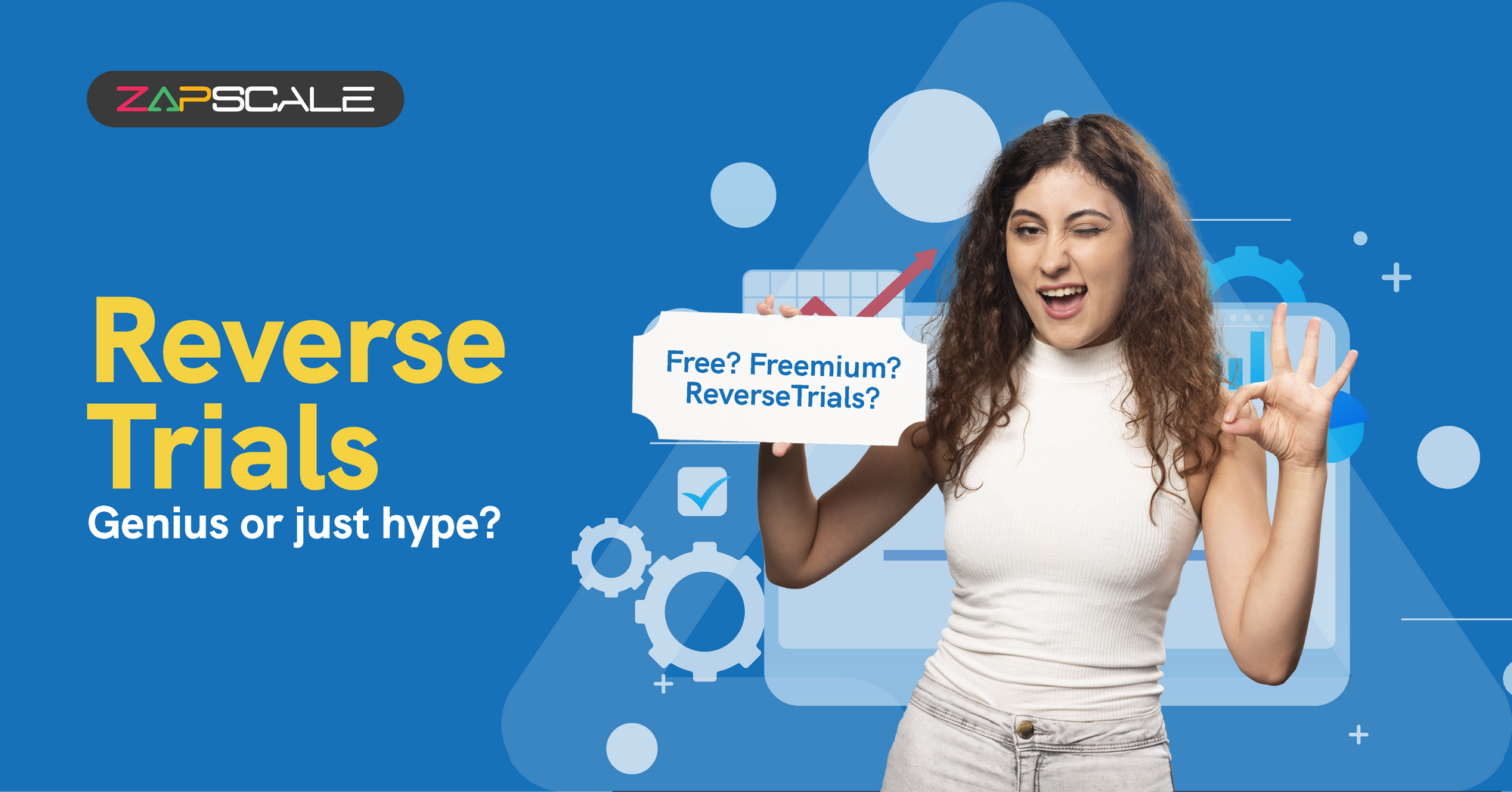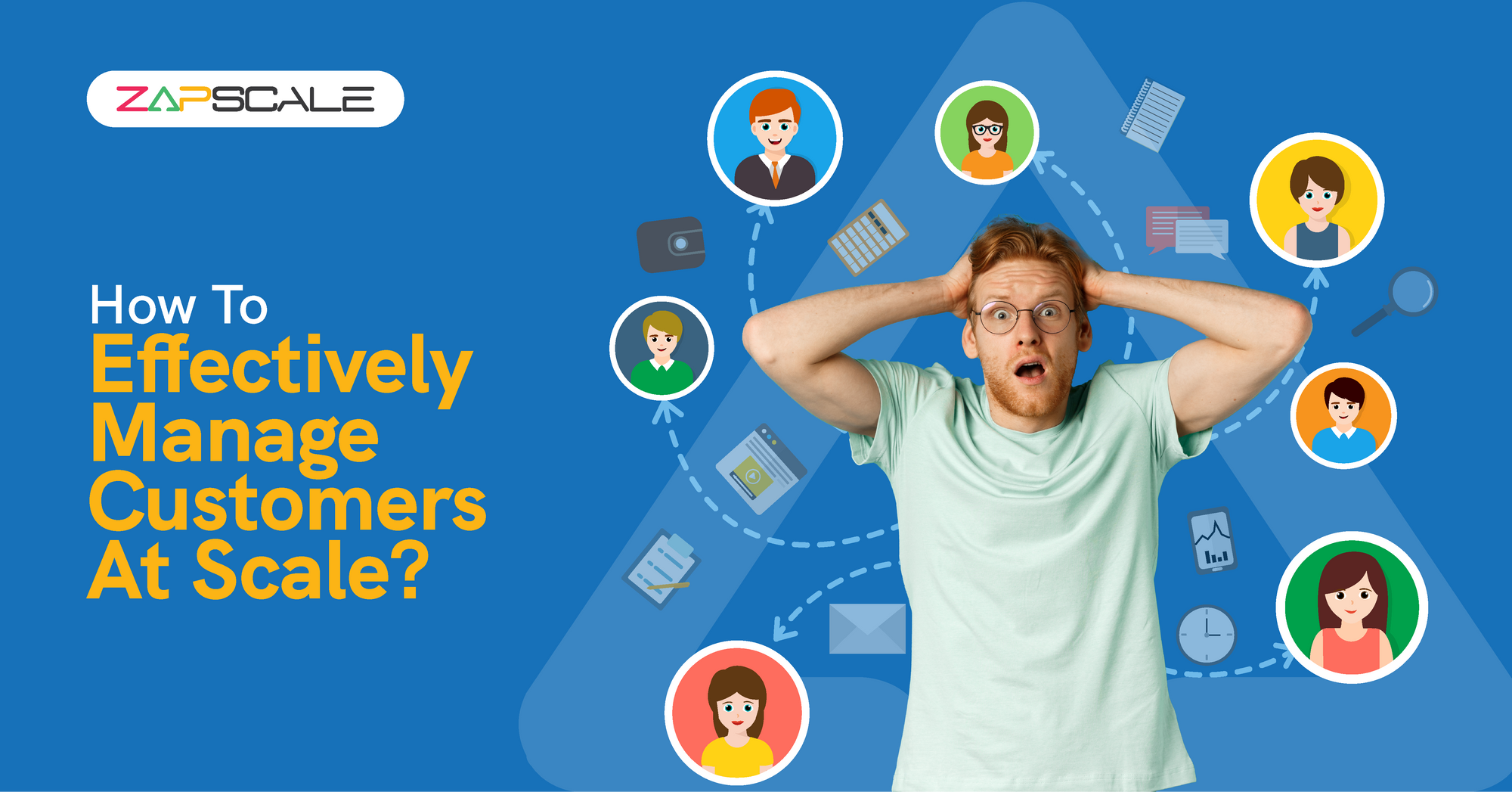CATEGORY > Customer Success Management
The Ultimate Guide to Customer Success Management

We’ve all been reading and understanding about different aspects of Customer Success in silos. Let’s take a comprehensive look at what Customer Success is all about - the who, what, why, and how of what this function entails.
What is Customer Success?
Customer Success, in a nutshell, is a promise made to a customer (a promise that is bought) which is then brought to life. It's not just about selling a product or service; it's about guiding customers on a journey toward achieving their goals while ensuring they have a desirable experience. It’s pretty much similar to having a personal guide on your vacation who makes sure you not only reach your destination but also have a great time along the way.
You can think of it as a blend of stellar customer service, expert guidance, and genuine care. It's about understanding your customers' needs, tailoring solutions to fit those needs perfectly, and then holding their hands as they navigate the path to success. In the world of SaaS, Customer Success is the key to transforming one-time buyers into lifelong enthusiasts.
While we understand what Customer Success is, it is also imperative to understand what it is not. It is important to draw a line between Customer Success and other functions that enable CS in an organization.
What Customer Success is not?
In the SaaS industry, the term "Customer Success" promises to guide both businesses and customers toward mutual prosperity. However, there also lies a web of misconceptions and confusion. To truly grasp the essence of Customer Success, one must also understand what it is not and the common misinterpretations it often encounters.
1. Customer Success vs. Account Management
These terms are often used interchangeably, which blurs their distinctions. Account management involves overseeing the customer relationship to ensure smooth interactions and address immediate needs. Customer Success, on the other hand, has a strategic focus. It involves understanding the customer's overall journey, to align it with their goals and drive continuous value.
2. Customer Success vs. Customer Onboarding
Customer Onboarding is a crucial aspect of Customer Success, but it's not synonymous. Onboarding is about helping customers adopt the product effectively during the initial stages of the customer lifecycle. Customer Success encompasses the entire lifecycle and provides ongoing guidance to ensure customers get the desired value from the product over time.
3. Customer Success vs. Product Development
Some might mistake the role of Customer Success as an extension of product development. While Customer Success provides insights and feedback to enhance the product, its primary objective is to make the customer successful with the existing product. It's about tailoring solutions within the current framework to address the customer's needs and preferences.
4. Customer Success vs. Customer Support
There is no other way to explain the simple difference between Success and Support
✅ Customer Support is reactive,
✅ Customer Success is proactive, simple as that.
Customer Support enables the firefighting, troubleshooting, and ongoing concerns of a customer which is short-term and mostly instant, whereas Customer Success is more value-driven in the long term and mostly gradual.
The crux lies in differentiation. Although they might work together in close collaboration, grasping these distinctions is crucial for cultivating a flourishing customer-centric strategy.
A SaaS product requires continuous innovation and evolution and in such a business, understanding the boundaries of Customer Success is vital. It is not a siloed function but a philosophy woven into the fabric of the entire organization. It is what steers companies toward building customer-centric cultures and fostering outcomes-driven partnerships.
❌ Quick-fix solution,
❌ A one-size-fits-all approach, or
❌ A superficial effort to pacify customers
Instead, it is a strategic mindset that thrives on inter-departmental collaboration, data-driven insights, and genuine empathy.
Let us now understand the ‘what’ of Customer Success and how it forms the backbone of a SaaS business and a product company.
Why is Customer Success Essential for SaaS Businesses?
The Customer Success journey starts from a successful onboarding where you hold the hand of your customer and bring them up to speed and in a way completed at the stage of advocacy where your customer is now your biggest champion and advocate.
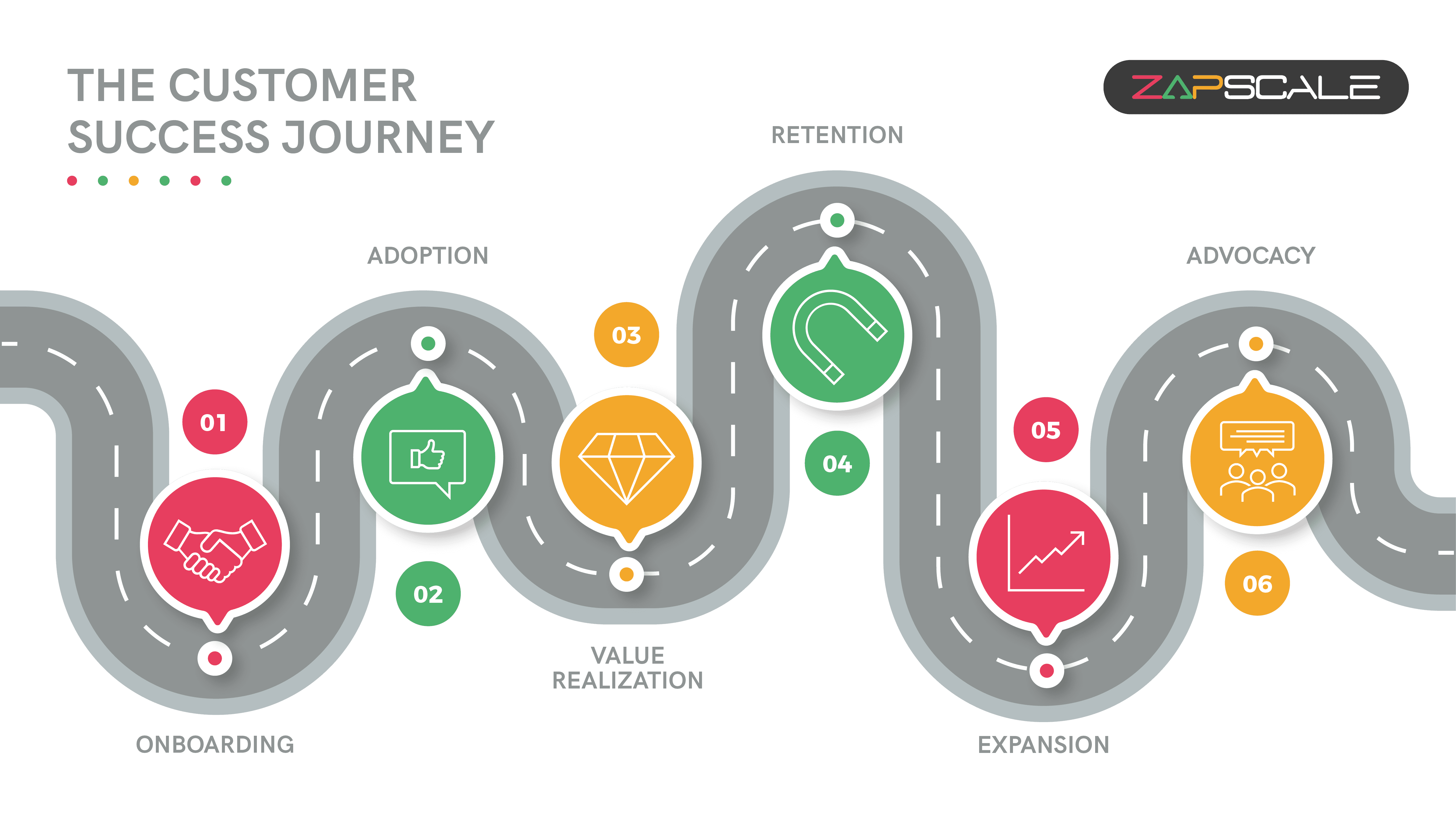
Let's hop on and explore these exciting stops!
1. Onboarding: Welcome to the theme park
Think of Onboarding as your grand entrance to the SaaS theme park. This is where you're greeted, given a map, and introduced to the park's unique features. In SaaS, Onboarding is all about getting users familiar with the product. It's like guiding them through the first loop of a roller coaster, to ensure they're safely strapped in and ready for the ride ahead.
2. Adoption: Riding the Roller Coaster
Once you're in the park, you're all about experiencing the rides. Similarly, Product Adoption in SaaS is the phase where users dive into the product's core features and functionalities. It's like hitting the heart-pounding roller coasters, feeling the rush of excitement.
3. Value Realization: Savouring the Delights
After all the exhilarating rides, it's time to savor the park's treats. Value Realization in SaaS is when users start experiencing tangible benefits from the product. It's like sitting down at the park's finest restaurant and relishing a gourmet meal.
4. Retention: The Season Pass
What's a theme park adventure without wanting to come back? Retention in SaaS is about keeping users engaged and preventing them from leaving. It's like offering a season pass to the park, ensuring they have reasons to return.
5. Expansion: Exploring New Zones
Once you've conquered one part of the park, you're eager to explore new zones. In SaaS, Customer Expansion is about encouraging users to explore additional features or upgrades, expanding their usage.
6. Advocacy: Spreading the Joy
After an exhilarating day at the park, you can't wait to share your experience with others. Advocacy in SaaS is about turning satisfied users into brand advocates, sharing their positive experiences with others.
In a nutshell, just like a theme park adventure, the Customer Success journey in SaaS is a whirlwind of excitement. Onboarding sets the stage, Adoption, and Value Realization brings the thrills, Retention ensures a return trip, Expansion unveils new adventures, and Advocacy spreads the word far and wide.
Remember, the goal of this journey is to create a seamless and delightful experience for users to guide them through every step and ensure their success. So, whether you're riding the roller coasters of Adoption or savoring the treats of Value Realization, the SaaS theme park's Customer Success journey is all about making sure you leave with a smile, ready to come back for more!
After this experience with the ride that Customer Success is, the next stop is to get to the ‘who’ of CS. Who are the folks that are responsible for this function to thrive and ensure that the above ride/experience at the park is a fun one?
Who is responsible for Customer Success?
Let's Decode Customer Success in a Fun and Fresh Way: Lessons from LemonySaaS
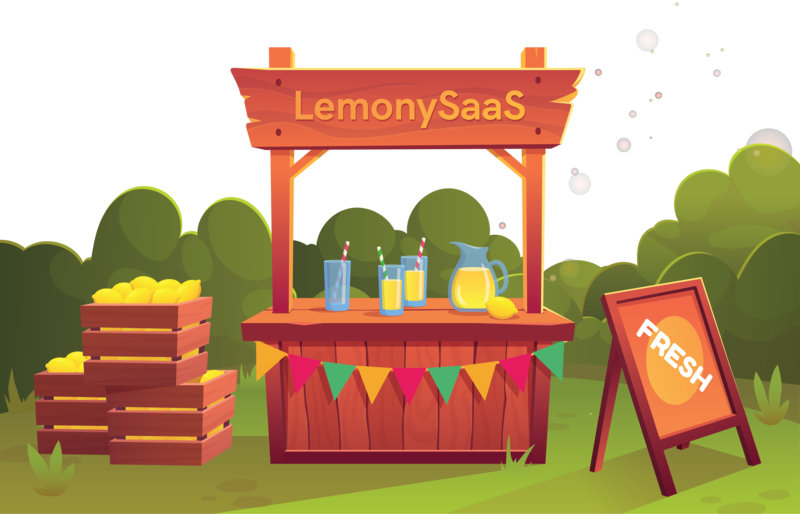
But here's the twist: you're not just selling lemonade; you're delivering an unforgettable lemonade experience. And that's where the magical folks responsible for customer success come into play!
The CS Leaders / Customer Success Managers (CSMs)
These are the lemonade wizards who make sure that every gulp of your lemonade feels like a virtual beach vacation. They're like the conductors of the Lemonade Symphony Orchestra, making sure every sip hits the right note.
1. Key Responsibilities
- Onboarding Extravaganza: Just like welcoming friends to a lemonade party, CSMs help new customers get started with your virtual lemonade stand. They show them around the features, answer questions, and make sure they're comfortable.
- Tailored Lemonade Recipes: CSMs get to know each customer's preferences. Maybe the squirrels like extra nuts in their lemonade, while the robot kittens prefer a hint of oil. CSMs customize the experience to make sure everyone's happy.
- Problem-Solving Magic: If someone's lemonade glass has a leak or the virtual ice cubes are too cold, CSMs come to the rescue. They solve problems, address concerns, and keep the lemonade flowing smoothly.
- Happy Camper Check-ins: Just like asking how your day was, CSMs check in with customers regularly. They want to know if the lemonade is as refreshing as ever and if there's anything they can improve.
- Growth and Upselling: When you invent a new lemonade flavor or a fancy straw, CSMs let your customers know. They help customers see how your upgrades can make their lemonade experience even more awesome.
2. Skills Needed
Hard Skills: These are like the secret lemonade recipes – things Customer Success Managers need to know.
- Product Knowledge: They need to know their lemonade stand inside out. From lemon-squeezing algorithms to straw physics, they are the experts.
- Data Crunching: CSMs analyze data to see how many lemonades are being consumed and which flavors are a hit. It's like knowing what your customers want before they do.
- Tech Savviness: Since your lemonade stand is virtual, they should be comfortable with technology. No floppy lemonade disks here!
- Soft Skills: These are the warm and fuzzy skills that make customers feel like they're sipping the most refreshing lemonade ever made
- Communication Charm: CSMs should be friendly and great at explaining things. Like telling a story about how the lemons have traveled from the grove to Cyberspace City.
- Empathy Elixir: Understanding customers' feelings and concerns is vital. CSMs should empathize when someone’s lemonade dispenser goes haywire.
- Problem-Solving Prowess: Creative thinking and solution-oriented minds are a must. Finding a quick fix and thinking on their feet is a skill every CSM innately possesses.
- Patience Potion: Some customers might be as slow as a snail on a sunny day. CSMs need the patience to guide them through every twist and turn this journey brings.
So there you have it! In the world of your virtual lemonade stand, CS leaders and CSMs are the ones spreading joy, solving lemonade(read product) - related mysteries, and making sure your customers are having the time of their SaaS(y) lives. Keep the lemonade flowing and the smiles glowing! 🍋😄
Now that we’ve gone through the ‘what’ and ‘who’ of CS and you are wondering after all this -‘how’ you get started, read on and find out!
How to get started in Customer Success?
Getting Started with Customer Success: Strategies, Operations, and Tools
In today's competitive business landscape, where customer satisfaction reigns supreme, establishing a robust Customer Success (CS) framework is imperative. Customer Success entails more than just resolving issues; it revolves around ensuring that your customers achieve their desired outcomes, thereby fostering long-term relationships and sustained growth. In this section, we will delve into the fundamental aspects of getting started with Customer Success, covering the development of a CS strategy, building CS operations, understanding CS operations, and leveraging automation for effective implementation of customer success tools.
A. Developing a Customer Success Strategy
A well-defined Customer Success strategy serves as the bedrock for a successful CS initiative. It involves aligning your business goals with your customer's objectives to create a mutually beneficial relationship. Here's how you can shape your CS strategy:
1. Segmentation and Targeting
Identify customer segments based on their characteristics, needs, and value potential. Tailor your CS approach for each segment to provide personalized experiences.
2. Defining Customer Outcomes
Work closely with customers to understand their goals and objectives when using your product or service. This insight will guide your efforts toward facilitating their success.
3. Success Metrics
Establish quantifiable metrics to measure both customer success and the impact on your business. Metrics might include Customer Lifetime Value (CLTV), Net Promoter Score (NPS), and Customer Churn Rate.
4. Proactive Engagement
Anticipate customer needs by monitoring their usage patterns and behavior. Initiate proactive interactions to offer assistance, share best practices, and address potential issues before they escalate.
5. Customer Education
Empower customers with resources such as webinars, tutorials, and knowledge bases that help them fully utilize your product. Educated customers are more likely to achieve their goals.
B. Building Customer Success Operations
Once your strategy is in place, you need to establish the operational framework to execute it effectively.
1. Team Structure
Create a dedicated Customer Success team responsible for nurturing customer relationships. This team should comprise individuals with strong communication, empathy, and problem-solving skills.
2. Customer Onboarding
Develop a seamless onboarding process that guides customers through the initial stages of using your product. We’ve heard this time and again that effective onboarding sets the tone for their entire journey.
3. Communication Channels
Offer multiple communication channels through which customers can reach out for support and ensure to be prompt. These channels might include email, chat, phone, and even social media platforms.
4. Regular Check-ins
Schedule periodic check-ins (EBRs) to assess customer progress, address concerns, and offer insights. These interactions strengthen the relationship and showcase your commitment to their success.
5. Cross-functional Collaboration
Facilitate collaboration between your Customer Success team and other departments like Sales, Product, and Marketing. Sharing insights and feedback helps improve the overall customer experience.
C. Building Customer Success Operations
Implementing a robust Customer Success operational model involves fine-tuning your processes to ensure consistent and scalable delivery of value to your customers.
1. Data-Driven Insights
Leverage customer data to gain insights into their behaviors, preferences, and usage patterns. Utilize this information to identify opportunities for upselling, cross-selling, and personalized recommendations.
2. Customer Health Scoring
Develop a customer health scoring system that assesses the overall health of your customer relationships. Assign scores based on factors like product adoption metrics, engagement, and satisfaction. This aids in identifying at-risk customers and taking proactive measures to retain them.
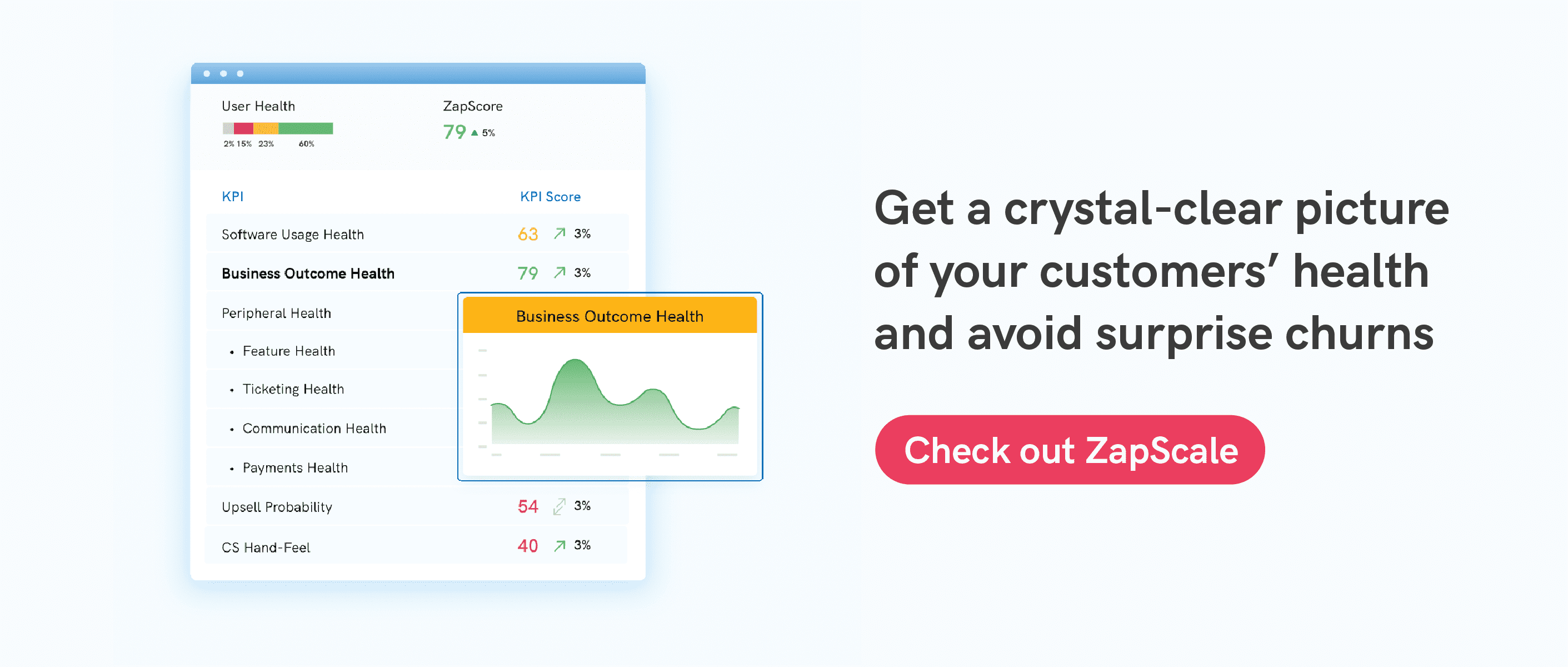
3. Escalation and Issue Resolution
Establish clear guidelines for escalating and resolving customer issues. Create a tiered system that ensures problems are addressed promptly and effectively, minimizing any negative impact on the customer's experience.
4. Feedback Loop
Create a feedback loop that captures customer input and incorporates it into product development and improvement processes. This loop demonstrates your commitment to continuous product enhancement and customer-centricity.
D. Implementing Customer Success Tools and Automation
Incorporating the right tools and automation into your CS strategy can significantly enhance efficiency and effectiveness.
1. Customer Success Platforms
Invest in a robust Customer Success platform that centralizes customer data, interactions, and KPIs. These platforms often include features for task management, customer communication tracking, and reporting.
2. Communication and Engagement Tools
Utilize communication tools for automated email campaigns, in-app messaging, and webinars. These tools facilitate consistent communication, delivering valuable information to customers at appropriate times.
3. Analytics and Reporting
Implement analytics tools to track customer behavior, product usage, and overall satisfaction. Use these insights to make data-driven decisions and tailor your CS efforts for maximum impact.
4. Automation in Routine Tasks
Automate repetitive tasks such as sending onboarding materials, scheduling check-ins, and generating reports. This allows your CS team to focus on high-value interactions while ensuring essential tasks are completed efficiently.
Embracing Customer Success as a core business strategy can differentiate your company in a crowded market. By developing a comprehensive CS strategy, building effective operations, refining your processes, and incorporating suitable tools, you set the stage for fostering lasting customer relationships. Remember, successful Customer Success is not just about addressing issues; it's about empowering your customers to achieve their goals and grow alongside your business.
Customer Success as a Career Path
Embarking on a career path in Customer Success is a strategic choice that offers a dynamic and fulfilling journey. As the SaaS industry continues to flourish, the role of Customer Success professionals becomes increasingly pivotal in driving customer satisfaction, retention, and growth. This career path requires a unique blend of skills, industry knowledge, and a genuine dedication to customer-centricity.
A successful career in SaaS Customer Success begins with a solid foundation in understanding the SaaS ecosystem. This entails grasping the intricacies of subscription-based models, recurring revenue streams, and the pivotal role of post-sales engagement. Equipped with this knowledge, individuals can delve into cultivating essential skills. Effective communication, active listening, and empathetic understanding are at the core of successful interactions with customers. As a bridge between customers and the SaaS provider, Customer Success professionals must be adept at not only addressing concerns but also proactively offering tailored solutions that align with customer objectives.
Furthermore, the analytical aptitude to interpret customer data, identify trends, and glean insights is instrumental. By understanding customer behavior and product usage patterns, Customer Success professionals can anticipate needs, strategize and personalize engagement, and provide valuable feedback to the product development team. Building and nurturing relationships is also a critical skill. Customer Success often involves working closely with clients over extended periods, making relationship-building and trust-building paramount for ensuring long-term success and retention.
To embark on this journey, individuals can take deliberate steps. Pursuing relevant education, such as certifications in Customer Success and SaaS, can provide the necessary knowledge foundation. Seeking internships or entry-level roles within SaaS companies offers practical experience and insights into the industry's nuances. Networking through industry events, online forums, and social media platforms helps professionals connect with peers and experienced practitioners, enabling them to learn from shared experiences and stay updated on trends.
In essence, a career in Customer Success is a commitment to championing customer satisfaction and enabling them to achieve their goals through the SaaS product. It demands a combination of interpersonal skills, industry awareness, data-driven decision-making, and a relentless drive to foster customer relationships that stand the test of time. As the SaaS industry continues to thrive, the demand for skilled Customer Success professionals remains steadfast, making it a promising and fulfilling career path.

What your CS org will look like, largely depends on the stage of where your company is at. It is also directed by the specific structure and hierarchy you envision for your organization and is driven by the larger goals that keep evolving with the age and maturity of the product. This can also impact the company size, industry, product complexity, and specific goals.
Conclusion
In conclusion, our journey through the ultimate guide to Customer Success Management has been quite the adventure. We've unraveled the essence of Customer Success, distinguished it from common misconceptions, and explored its vital role in the SaaS industry.
👉 Customer Success is not just about selling a product or providing support; it's a promise brought to life, guiding customers toward success while ensuring a delightful journey. It differentiates itself from account management, onboarding, product development, and support through its proactive, value-driven, and long-term focus.
👉 In the world of SaaS, Customer Success is not a siloed function but a philosophy woven into the organization's fabric. It's a guiding light that fosters customer-centric cultures and outcomes-driven partnerships. It thrives on collaboration, data-driven insights, and genuine empathy.
👉 The Customer Success journey in SaaS resembles an exhilarating theme park adventure, with stages like Onboarding, Adoption, Value Realization, Retention, Expansion, and Advocacy. Each stage contributes to creating a seamless and delightful experience for users, guiding them toward success.
👉 We've met the magical folks responsible for Customer Success - the CS Leaders and Customer Success Managers (CSMs). They are like lemonade wizards ensuring a refreshing experience for customers. Their key responsibilities include onboarding, tailored solutions, problem-solving, check-ins, and growth efforts.
👉 To get started with Customer Success, we discussed the development of a CS strategy, building CS operations, refining processes, and incorporating suitable tools and automation. This strategic approach empowers businesses to foster lasting customer relationships and differentiate themselves in a competitive market.
For those considering a career in SaaS Customer Success, we highlighted the importance of understanding the SaaS ecosystem, building skills in communication, analytics, and relationship-building, and being a bridge between clients and the SaaS provider. It's a dynamic and fulfilling journey that demands dedication to customer-centricity.
Lastly, the structure of a CS organization varies based on the company's stage, size, industry, product complexity, and goals. It evolves with the company's growth and maturity, reflecting its unique vision and structure.
ABOUT THE AUTHOR
Popular from Customer Success Management
Quality Content,
Straight To Your Inbox!
Subscribe for the latest blogs, podcasts, webinars, and events!

Write a Blog
If you have experience in CS and
a flair for writing, we’d love to
feature you.
Write to us on
hello@zapscale.com

